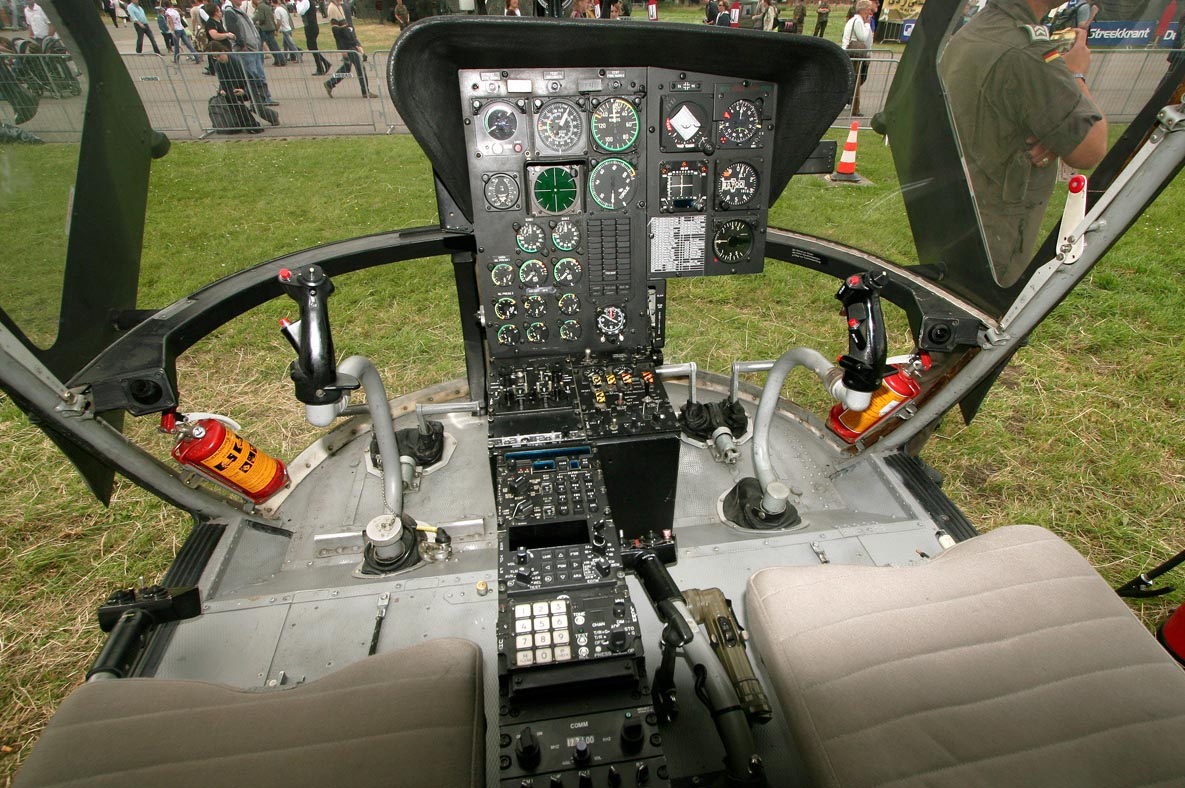|
General characteristics
Crew: 1
Capacity: 4 passengers
Length: 9.70 m
Rotor diameter: 10.20 m
Height: 2.75 m
Disc area: 81.7 m²
Empty weight: 895 kg
Max takeoff weight: 1,600 kg
Powerplant:
1× Turboméca Artouste IIC6
Turboshaft
410 kW (550 hp)
Performance Maximum speed: 185 km/h Range: 565 km Service ceiling: 2,250 m
Rate of climb: 4.2 m/s
|
The Alouette II made the news on 3 July 1956 when it became the first helicopter to perform a mountain-rescue by evacuating a mountaineer who had suffered from cardiac arrest at over 4,000 m and again on 3 January 1957 the Alouette II was called upon to rescue the crew of a crashed Sikorsky S-58, which was searching for missing mountaineers Jean Vincendon and François Henry on Mont Blanc. The Alouette II was awarded a domestic certificate of airworthiness on 2 May 1957.

Production started initially to fulfil orders from the French military and civilian customers. It was the first helicopter worldwide to be equipped with anti-tank munitions (Nord SS.11s), and by the time production ended in 1975, over 1,500 Alouette IIs had been built and in use in over 80 countries including 47 armed forces. It was produced under license by Brazil, Sweden, India and in the United States. India's Hindustan Aeronautics Limited SA 315B Lamas, termed the "Cheetah", was regularly deployed at 7,500 meters (24,600 ft) to forward observation outposts and air bases of the Indian Air Force in the Himalayas.

